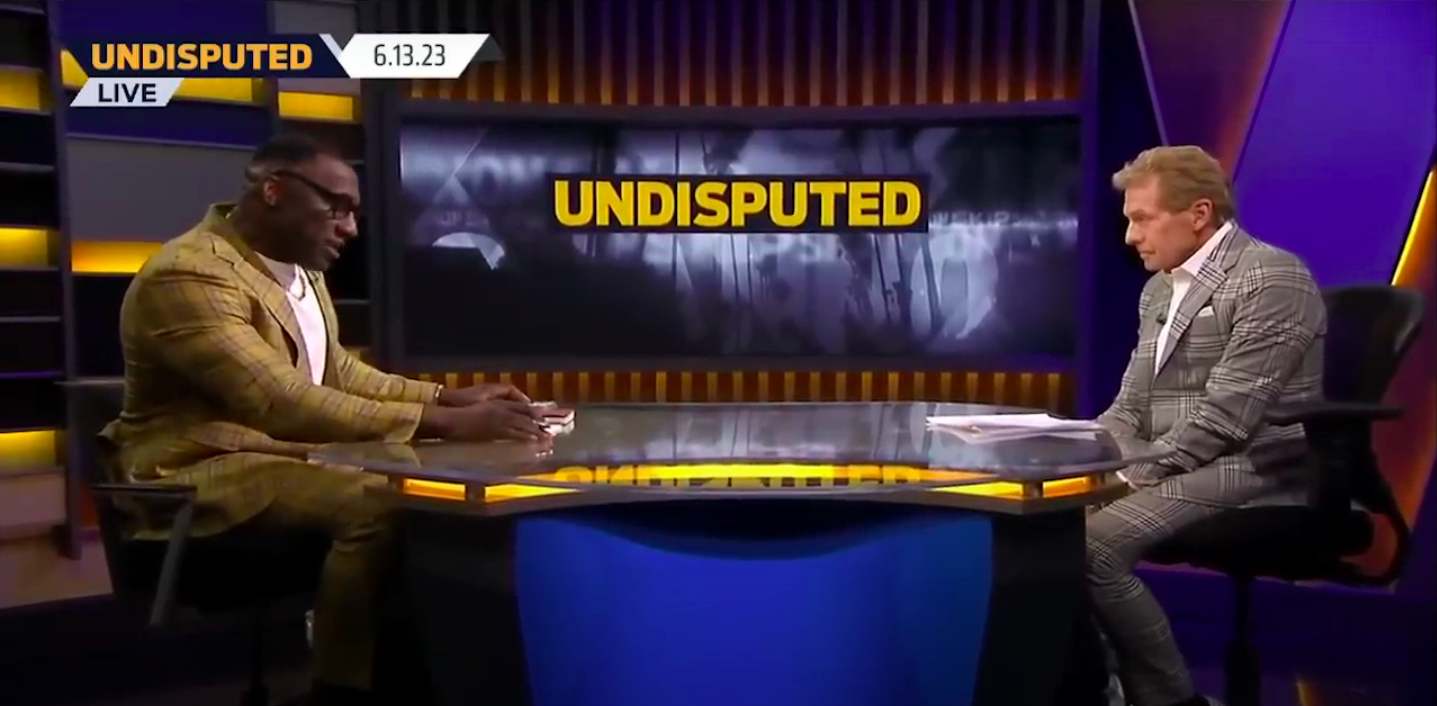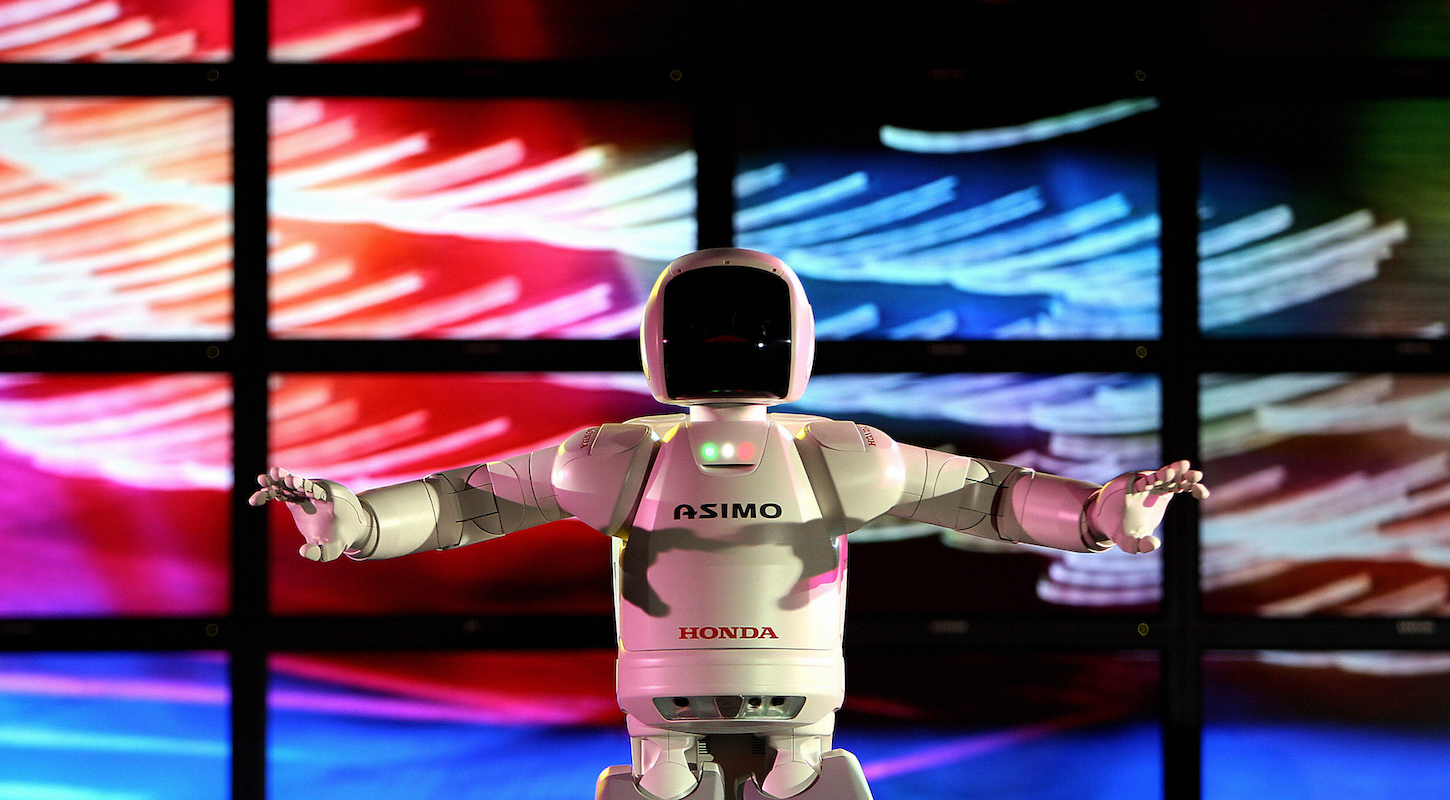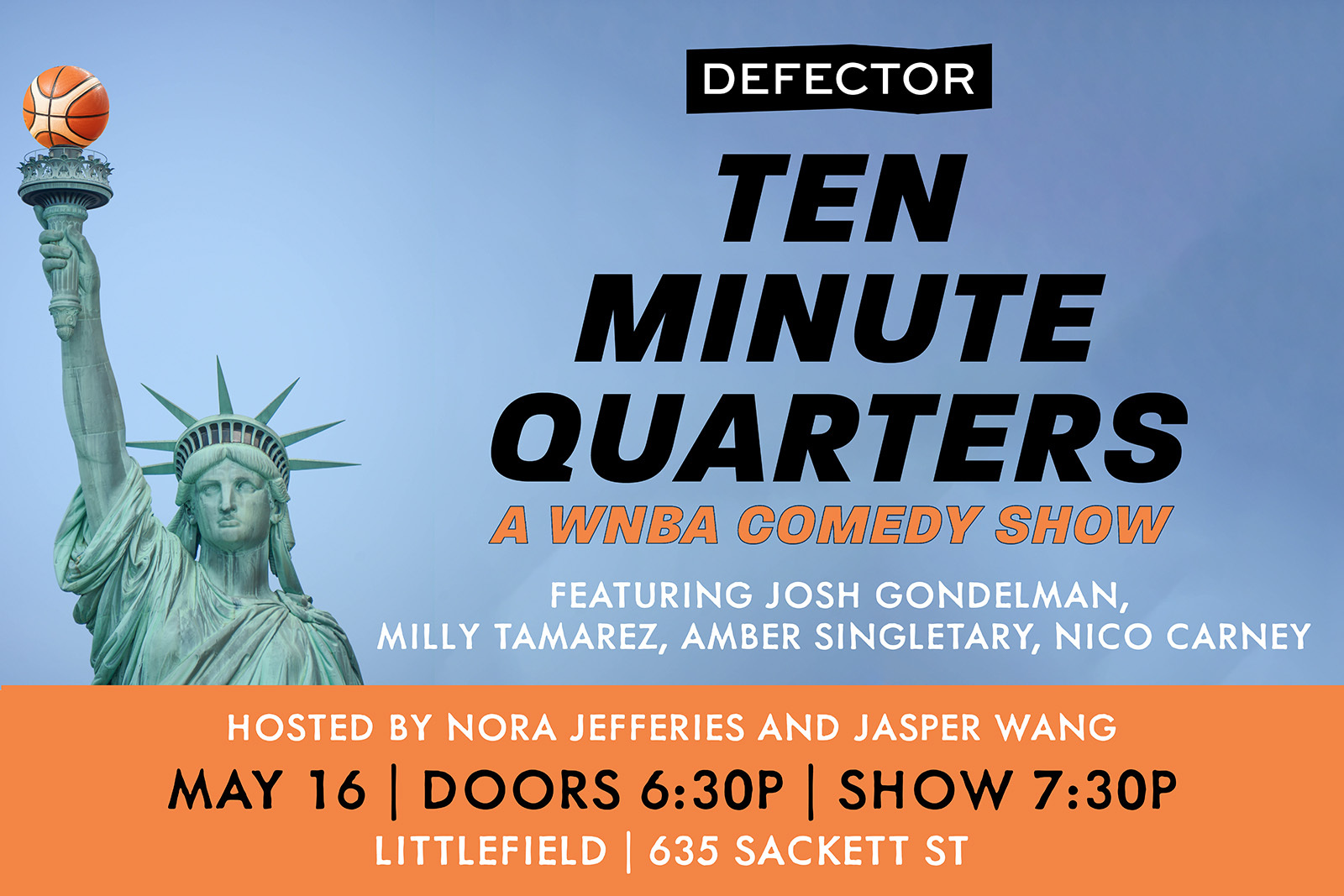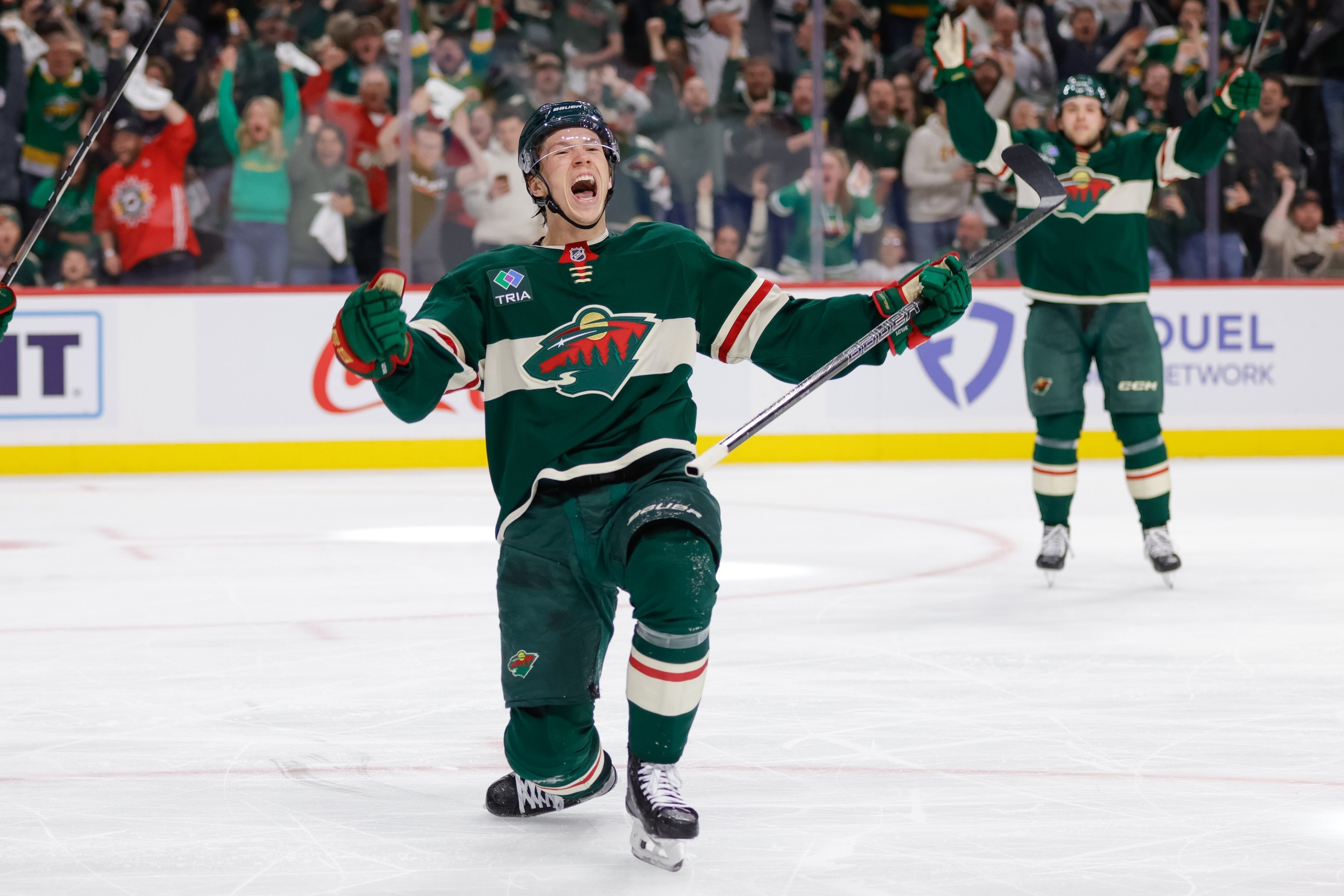I did not want to be writing about Tom Izzo and Rick Pitino this week. You can find glowing features on each of those septuagenarian coaching legends from the past few days at various media outlets. They don’t need me to carry water for them; the two have won a combined 1,400 games, three national titles, and 15 Final Fours. There is no denying they are great basketball coaches. This week, though, they have a chance to make a different kind of history. They can do it by overcoming a curse that has haunted the tournament since it expanded to 64 teams back in 1985.
My favorite fun fact related to the tournament is that no team with a one- or two-seed that was unranked in the preseason AP poll has made a Final Four during the 64-team era. Those teams are not the rare occurrence you might expect, either. There have been 39 cases of this over the past 39 tournaments. For 39 teams seeded among the field’s top eight teams to collectively whiff on a Final Four appearance is pretty staggering, and enough to make this fact not just fun, but actually meaningful.
I would have a guilty conscience here if I didn’t disclose that there’s been some luck and cherry-picking in crafting this fun fact. Among teams fitting this criteria, eight have made it as far as the Elite Eight. One of those teams was 1990 UConn, who would have canceled this fun fact before it really got started were it not for Christian Laettner’s second-most famous tournament buzzer-beater. (Nadav Henefeld deserved better.)
And if you’re a true connoisseur of fun facts, you might be suspicious about why I chose to limit this to one- and two-seeds. Well, you’d be on to something there. There have actually been five teams that have gone all the way to win a national title despite being unranked in the preseason; all of those were either a three- or four-seed in the tournament, and Villanova’s 1985 champions were an eight.
But I don’t want to downplay this oddity too much. There’s also quite a bit of significance to what’s happened here as well. The 39 teams who meet our criteria have not just failed to make a single Final Four, they generally haven’t come very close. That '90 UConn team is a lone exception. The other seven teams who made the Elite Eight lost by an average of 13 points in that round.
So these teams aren’t just failing to make the Final Four, they are failing spectacularly. Collectively, the 13 teams that received a one-seed after being unranked in the preseason won an average of 1.69 games in the tournament. Six of those unranked teams failed to reach the Sweet 16, with first-round losses by Virginia in 2018 and Purdue in 2023 included in this group. Compare that to all other one-seeds, who have won an average of 3.45 games, with 43 percent of those teams making the Final Four. It’s a stark contrast.
The 26 two-seeds in this cohort won an average of 1.5 games, with 16 of those failing to reach the second week of the tourney. All other two-seeds have won an average of 2.54 games in the tournament, with 22 percent making the Final Four. It would be super nerdy to compute the chance of this Final Four drought happening from chance alone, and I wouldn’t want to be accused of that. So I’ll spare you the decimal points, but know that the odds are something on the order of 16-seed SIU Edwardsville reaching the Final Four this year. Which is to say, the effect is tremendously significant.
It’s an interesting question as to why this is. It’s true that preseason ratings aren’t worth anything in terms of wins and losses. Purdue did not crumble against Fairleigh Dickinson because they were burdened by the opinions of AP voters a few months earlier. There’s nothing to say a team can’t overcome being misjudged before the season begins and achieve greatness, and teams like Villanova in 1985 and UConn in 2023 are proof of that.
But AP voters really are reasonably proficient at identifying talent before the season begins. And the college season is short enough that a team can overachieve its true ability more easily than, say, an NBA team which plays longer games over a much longer schedule. Even by March, we don’t know everything about a college team’s true ability solely based on what it has done on the floor, and preseason expectations actually help fill some of that gap.
That said, eventually this fun fact will have to die. Maybe it will be this season. Michigan State and St. John’s are both trendy picks to go to the Final Four, at least partly because many believe Izzo and Pitino to have special March powers. But also both teams were consistently great this season. The Spartans went 17-3 through a difficult Big Ten and their three conference losses were by a combined 12 points. It’s not like they needed flukily fortunate close game performances to achieve a 27-6 overall record. The Red Storm have lost just four games all season, and those were by a combined seven points. No team in the country lost its games by fewer total points.
Basically, the underlying metrics suggest the Spartans and Red Storm have played as well as your typical two-seeds should. And according to my tournament simulations, both are in the top 10 in the field in terms of their chance of making the Final Four. In hindsight it’s a little surprising that of the 60 people voting in the AP poll, just 19 ranked St. John’s and only nine ranked Michigan State. But Sparty hadn’t earned better than a seven-seed in the tournament over the past four seasons and wasn’t loaded with star power. And St. John’s was coming off an NIT appearance while returning zero starters.
That teams with pedigrees and rosters that inauspicious could be this undeniably good underlines a new complicating factor. Another reason we might not want to doubt these two teams too much is that AP voters might have lost their touch in the era of increased player movement. Two years ago, voters overwhelmingly ranked UNC as the preseason No. 1, only for the Tar Heels to miss the tournament entirely. This season, Kansas is viewed as a massive disappointment due to being ranked first in the preseason. But computer rankings were much more pessimistic in both those cases. And when it comes to Michigan State and St. John's, half of preseason computer ratings actually had them as top 25 teams in the preseason.
It’s possible that the voters just missed here, and that the Spartans and Red Storm should have been ranked in the preseason based on their roster. Regardless, the stage is set for both teams to make some history, and to do some light exorcism in the process. One of these teams is going to break through eventually, and there’s no better time than now. If Tom Izzo and Rick Pitino can’t break this curse, who can?






